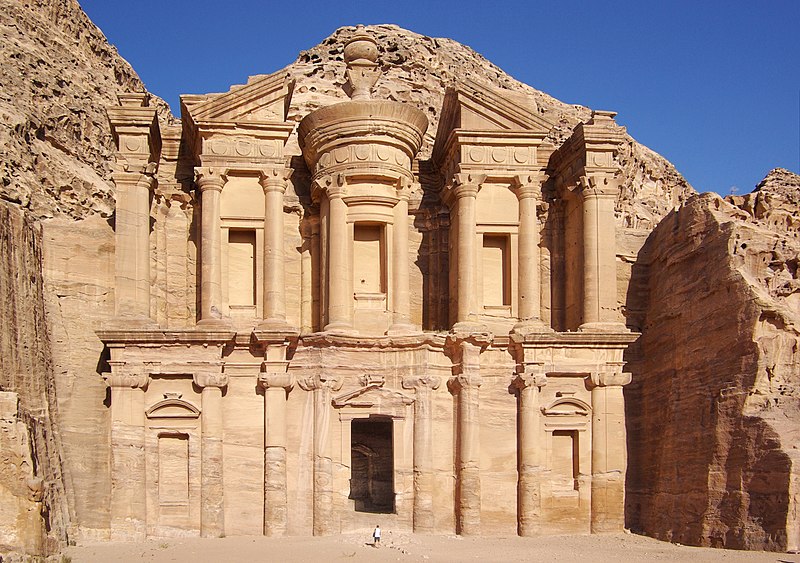History lessons often highlight the grandeur of ancient Egypt or the conquests of powerful empires, but the MENA region’s contributions go far beyond towering pyramids and legendary rulers.
From the way we communicate to the way we heal, everyday life has been shaped by innovations that originated here. Let’s explore some of the most overlooked historical facts that prove just how deeply the MENA region has influenced the modern world.
1. The MENA Region Invented the Alphabet
Early writing systems like Egyptian hieroglyphs relied on symbols representing words or syllables, making them complex to learn and use. To simplify this, Egyptian scribes introduced uniliteral signs—symbols representing single sounds—to aid in pronunciation.
This development laid the foundation for the Phoenician alphabet, the first fully phonemic writing system. By assigning characters to individual sounds, it made writing more accessible and adaptable across languages. Through trade and cultural exchange, this innovation influenced many modern scripts, including Arabic, Greek, Latin, and Hebrew!
2. The World’s First Civilization Began Here
Long before Rome or Athens, the world’s first cities arose in Mesopotamia, present-day Iraq. The Sumerians, around 4000 BCE, built organized urban centers, developed writing, and established the first known legal codes.
But their influence didn’t stop there. They pioneered governance, irrigation systems, and even the concept of recorded history. Aside from that, the first schools were also their invention, where students learned mathematics, literature, and administration.
3. The Nabataeans Pioneered Engineered Water Systems in the Desert
Water is life, especially in the desert. The Nabataeans, the people behind Petra in Jordan, understood this better than anyone. While their rock-carved city is famous, their advanced water management systems were their true masterpiece.
Using hidden channels, underground cisterns, and strategically placed reservoirs, they transformed an arid landscape into a thriving trade hub. Their engineering allowed thousands to live in a place with almost no natural water sources. Plus, some of their water systems are still functional today, proving their expertise in sustainability and urban planning long before the modern world caught on.
4. The MENA Region Is Home to the Oldest University
Universities are often associated with medieval Europe, but the world’s first degree-granting institution was founded in Fez, Morocco, in 859 CE.
Al-Qarawiyyin University, established by Fatima al-Fihri, became a center for science, philosophy, and theology. Scholars from across the world traveled to study there, shaping intellectual thought for centuries. While modern universities have evolved, they still follow the blueprint first created in the MENA region.
5. The First Modern Hospital System Began in Baghdad
The idea of a hospital as a place for medical treatment rather than just quarantine began in the Islamic Golden Age. In 9th-century Baghdad, the Bimaristan system introduced free healthcare for all.
These hospitals had specialized wards, trained physicians, and even medical schools where future doctors learned their craft. This model later influenced European healthcare, laying the foundation for the hospitals we rely on today. So, next time you visit a hospital, remember that its origins trace back to a system developed centuries ago in the MENA region.
A Region of Firsts
From language and education to engineering and medicine, the MENA region didn’t just witness history—it created it.
These innovations continue to shape our world, even if their origins are often overlooked. So, the next time you pick up a book, use a written alphabet, or step into a university or hospital, take a moment to appreciate where it all began.
WE SAID THIS: Don’t Miss…Ancient Remedies: The Healing Plants of the MENA Region



